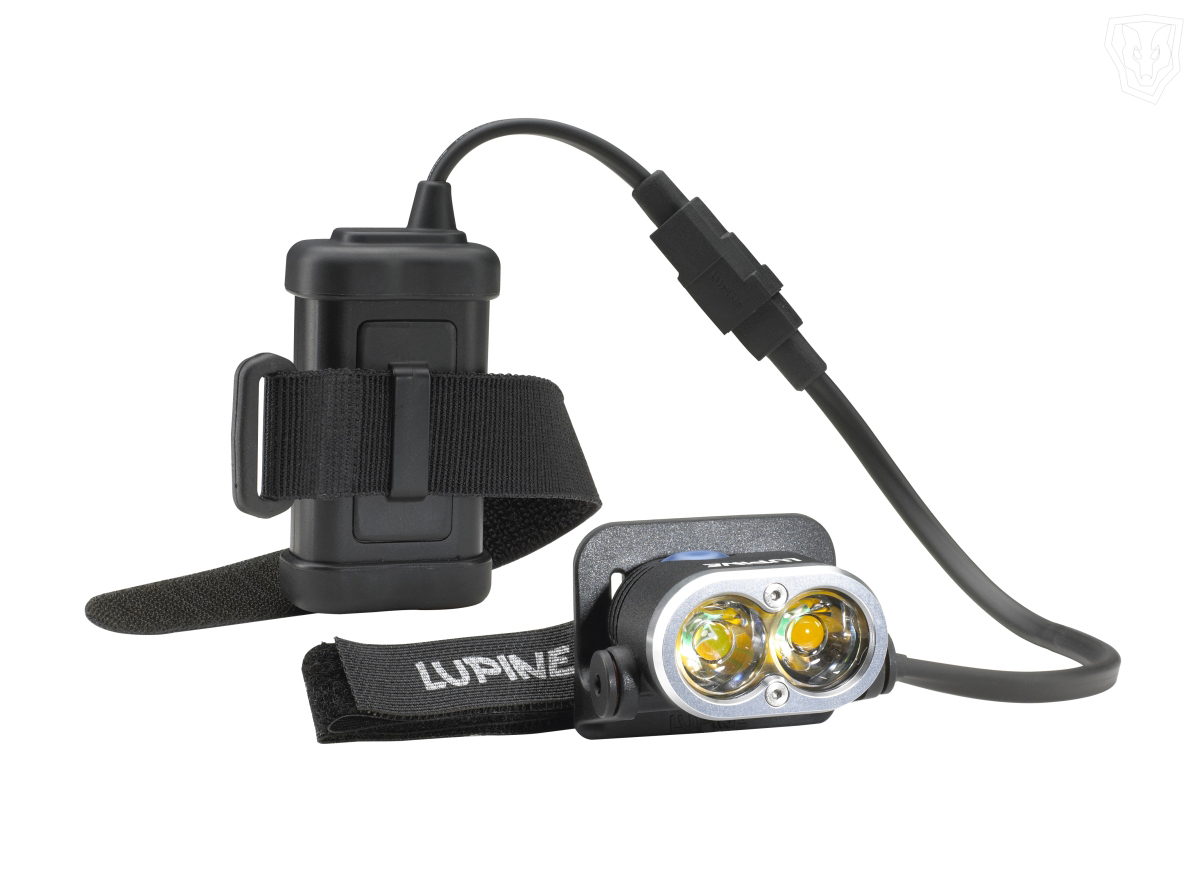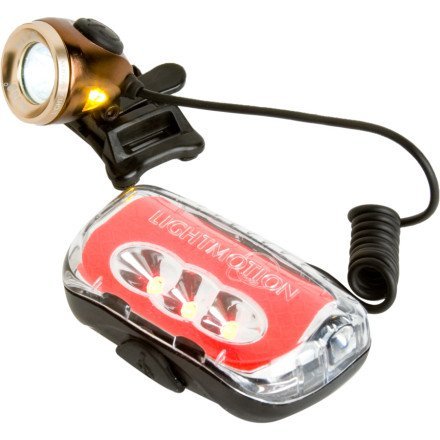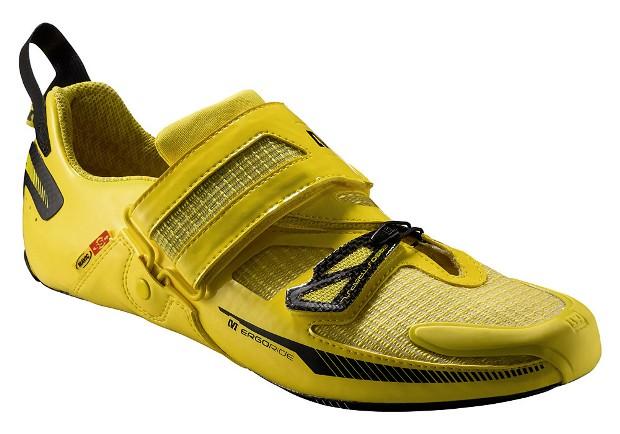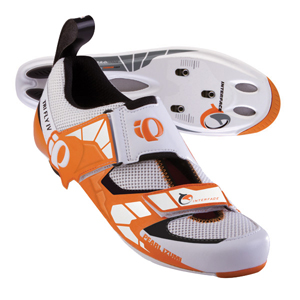High Visibility Review
When my first-grade teacher asked me what my favorite color was, I didn’t understand when she scoffed at my answer. “No, Greg – I asked for a color, not what happens in a rain storm.” Huh? Lightning is a color, right?
While my teacher didn’t seem to think I was funny, that ‘color’ is how I’d best describe most of the new cycling and running apparel that is hanging in my closet. What is it? High-visibility clothing. This topic has come up in our user forum several times, usually in-tandem with a discussion on lights. We thought it would be prudent to do a review of what’s out there in this category of clothing for both cycling and running… so, here it is.
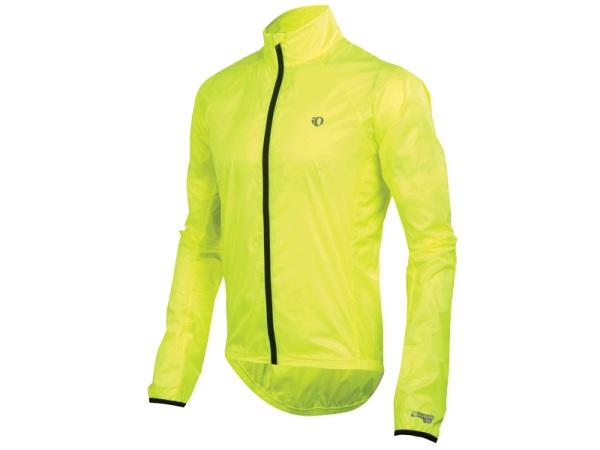
Defining Visibility
Most, but not all, clothing manufacturers offer some pieces of clothing that are specifically intended to make you more visible. Color names range from the usual “fluorescent yellow”, to “neon”, to “safety yellow”, and even Zoot’s very appropriate “Volt”. What these all translate to are some variation of bright. Many of these garments also include sections of reflective piping, patches, or logos – intended to reflect light from car headlights.
My hope was to discover something new out in the marketplace. We’ve all seen the neon mesh running vests for sale at the sporting goods store. Many cycling apparel manufacturers offer one or two pieces – perhaps a wind vest and a rain jacket – in bright yellow. I wanted to find more. Where are the short sleeve jerseys, long sleeve jerseys, winter jackets, gloves, and hats? When the weather is anything but bright and sunny, we often need to wear multiple layers. If only the outside layer is bright, you lose your visibility if the weather turns warm and the jacket comes off.
Research
Before we really dive in to the product specifics, I’d like to share a few things I learned while researching this article. I’m not an optometrist. I don’t study vision and object conspicuity for a living. And I’m most certainly not a designer of cycling clothing. However, I wanted to see what I could find in terms of recent research on the topic, in hopes of learning a few key take-home pieces advice on how to make ourselves most visible.
One such article I found was published by Dr. Charlie Sullivan, a Dartmouth engineering professor and avid cyclist (linked at the bottom of this article). His focus was on how colorblindness affects drivers’ ability to see the so-called high visibility clothing. It is generally accepted that some form of color blindness affects roughly 8 percent of the population; undoubtedly including drivers we see every day.
The more common forms of colorblindness affect viewers’ ability to distinguish some shades of red and green. For a very common example of how this has affected our lives (at least in the US), we need only look at the big rumbling fire trucks from our local departments. Remember when you were young, and all fire engines were red? Over the past several decades, we’ve seen a slow shift to the now-common bright yellow. This is undoubtedly due to the greater visibility of yellow by a much larger percentage of the population. Dr. Sullivan’s research concluded that bright yellow is indeed the easiest-viewed color by colorblind people, with bright blue as an alternate option (or both used together in a contrasting pattern).
The idea of contrast also came up in a study done by FEMA (Federal Emergency Management Agency), also linked at the bottom of this page. They broke each factor of what I’ll call ‘visual awareness’ in to separate categories – visibility, conspicuity, and recognition/identification.
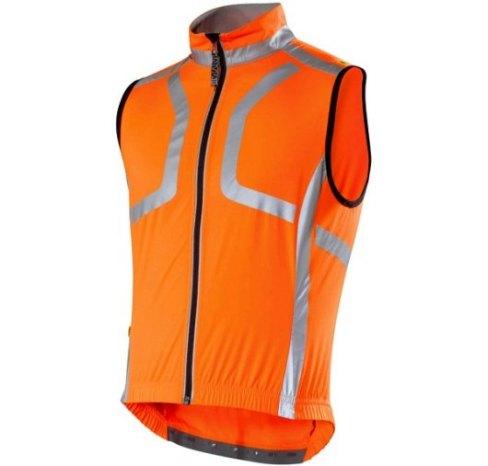
The first, visibility, is fairly obvious. The second, conspicuity, is defined by FEMA as “the ability of a vehicle to draw attention to its presence, even when other road users are not actively looking for it.” The last, identification, simply refers to being easily identified as what you are, and your general intent of action (speed, etc). For example, this is why most school buses are the same yellow color; you instantly know what it is when you see it. For a (very) simplified illustration of what these ideas could mean to a cyclist:
Visible – via bright colored, reflective clothing
Conspicuous – via flashing lights
Identifiable – Appearing ‘as a cyclist’ – wearing a helmet, riding in bike lanes when safe and available
In addition to using bright colors, contrasting colors are often used in different patterns, such as the chevron patterns we see on the back of ambulances or fire trucks. The use of multiple colors stands out more, and offers a better chance of being visibile to people with different forms of color blindness. In Europe, emergency vehicles often use the Battenburg pattern (or what Americans would call a ‘checkered flag’ pattern):
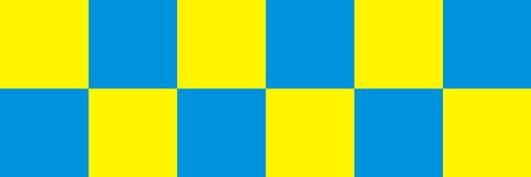
While not the most aesthetically pleasing pattern, it sure does the job of getting your attention.
Products and Procedures
After that short glimpse in to the research behind highly-visible clothing, let’s move on to products. It is worth noting that one of the biggest challenges with this article was taking accurate photographs (or rather, photographs that accurately represent how the products really look). The camera doesn’t always see what they eye sees. Even when looking at many manufacturers’ websites, I found that some of their own photography didn’t do the product justice and show how bright it really is.
With that said, I attempted to control the image output with the following protocol. All images were taken on the same morning and in the same place. Skies were partly overcast, in an attempt to re-create the conditions in which many people use this type of product. For photo geeks, my Nikon camera was set to the following settings:
White balance for cloudy conditions
1/100 sec shutter speed (+/-)
ISO 100
F5 aperture (+/-)
No flash (due to the potential interaction with reflective panels)
I did have to exercise my best judgment when straying from these settings – if for example, the cloud cover became less thick temporarily. The overall goal was to have a level playing field, and best representation of all products.
Manufacturers include Aero Tech, Pearl Izumi, Louis Garneau, Mavic, and Zoot. There are certainly other options in the marketplace (several of which we contacted); these were simply the manufacturers who chose to be involved at this time.
Pearl Izumi
Pearl Izumi has one of the most all-inclusive product lines for high-visibility apparel. Pictured below, from left-to-right:
Elite Reversable Jacket – MSRP $175. Cycling cut, black on one side, fluorescent yellow on the other (pictured).
Elite Thermal LS jersey – $110. Mid-weight long sleeve cycling jersey. 3 pockets on the back, and very soft inside.
Fly Intercool LS shirt – $65. Lightweight long sleeve running shirt; ½ zip in front.
Therma Phase running top – $80. Mid-weight long sleeve running shirt; ½ zip in front.
Elite Barrier Jacket – $110. Running wind jacket.
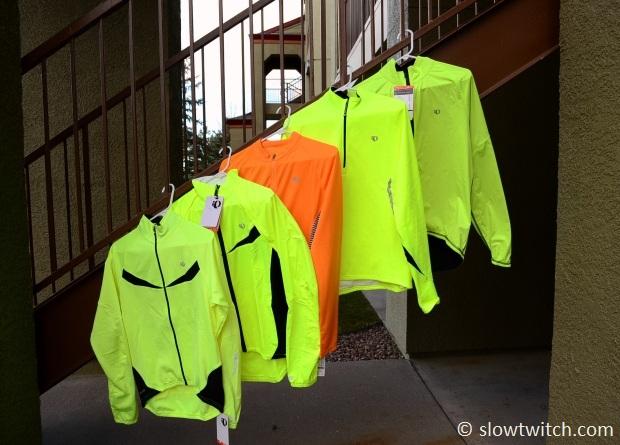
In addition to these products, they also have a sleeveless vest, a thermal jacket, and a women’s jacket.
Overall, I was quite impressed with the Pearl offerings. They have options for both cycling and running, and multiple weather conditions. The sleeves are all sufficiently long – something that may sound rudimentary, but is often difficult to find for us long-limbed folks. The colors all seem to be right on target with the intended use (which is to say – very bright).
Pearl is unique in that they’re only one of two companies I found that offers bright-colored accessories. Pictured below, from left to right:
Select Softshell Gloves – $45
Thermal run hat – $25 (foreground)
Transfer hat – $20 (background)
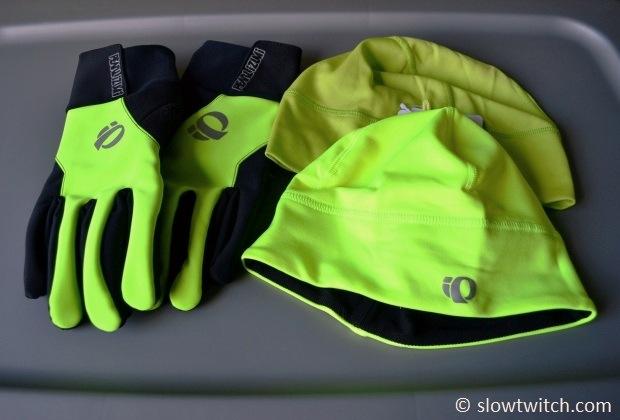
The Select Softshell gloves are what I’d call a ‘moderately cold’ temperature glove. They’re not a super-thick, blizzard-worthy glove, but definitely fit the bill for most Fall and Spring rides. The Transfer hat is a lighter, wicking-style hat, while the Thermal is intended for colder affairs.
All in all, the Pearl product was everything I hoped for. While it isn’t the cheapest in the bunch, the quality seems commensurate with the price; it’s really nice stuff.
Mavic
While better known for their expertise in wheels, Mavic has grown quite the collection of clothing in the past few years. Specific to this article, they have a handful of pieces called ‘Vision’, with an appearance that definitely fits the name.
Pictured below, from left to right:
Vision short sleeve jersey – $100. Standard warm weather jersey.
Vision H20 jacket – $150. Wind and rain jacket.
Vision vest – $100. Cycling wind vest.
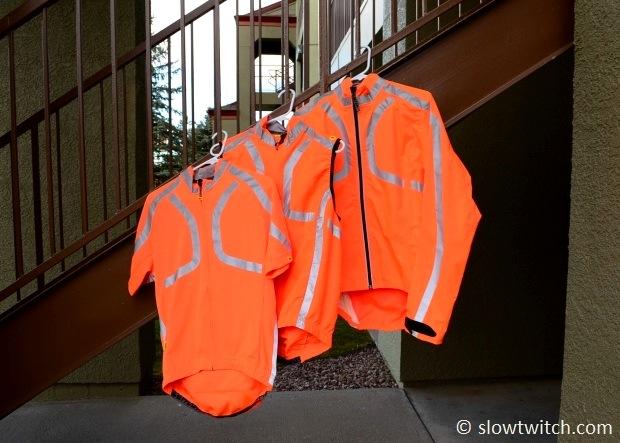
Mavic also offers a Vision softshell jacket for cold weather conditions.
To put it simply – these things are BRIGHT. Mavic boasts that their Vision apparel even meets the EN 1150 standard for roadside visibility. The one obvious difference between the Mavic gear and all of the rest is the fact that it’s orange, not yellow. The apparel also boasts a higher-than-normal amount of reflective striping. Whether the orange is better than yellow, I don’t know. To this non-colorblind eye, I like what I see. On every ride I’ve used the Vision gear so far, I’ve gotten at least one comment or strange look by other cyclists – definitely a good sign.
Mavic also offers a pair of Vision gloves, pictured here:
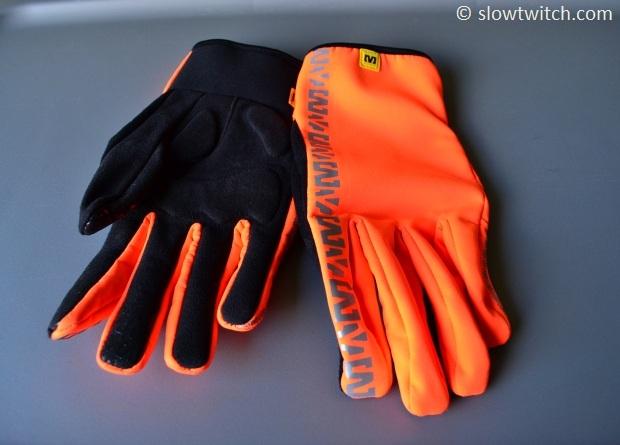
Similar to the Pearl Softshell gloves, they are a mid-temperature glove – great for fall and spring riding. It’s a nice touch to have bright hands – after all, they’re sitting front-and-center on our aerobar-equipped bikes.
It is worth noting that all Mavic Vision apparel is sold in ‘American’ sizing in the US, and only in men’s cut. For example, my American ‘medium’ jersey translates to an International/European ‘large’ (the tag has both sizes listed). If you’re ordering in the US, order US sizing. If you’re ordering from somewhere else, use International sizing.
Louis Garneau
Canadian-based Louis Garneau offers a handful of bright yellow garments, which they call “Hi Viz”. The photo below shows the products they sent to me (from left-to-right):
Nova cycling vest – $40. Standard cycling vest, two rear pockets.
Hi Viz run vest – $37. Running vest.
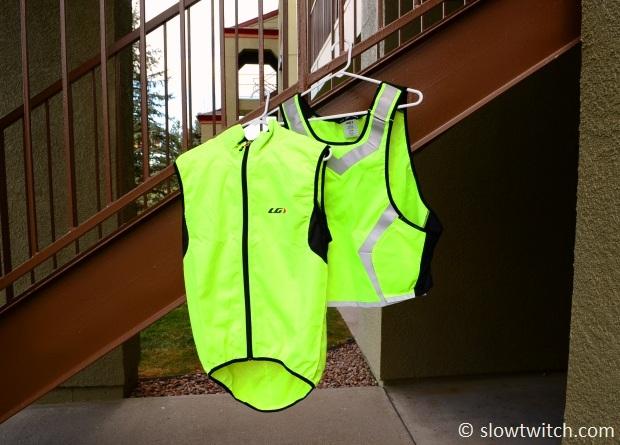
They also offer the following products: Seattle jacket (rain jacket) with hood ($130), Nova vest ($50), Team wind jacket $80.
While Louis Garneau doesn’t have quite the breadth of high visibility clothing as some other manufacturers, what they do offer works quite well. In particular, the Hi Viz vest is a very nice take on the old-school mesh running vest that existed in the 1990’s. It’s super bright, and has very generous reflective panels. The Nova vest is a fairly standard-looking cycling vest, and has become a high use item for me. The bonus is that is has two full-size rear pockets for holding food, spare gloves, cell phone, etc (not always a common feature on cycling vests). That leaves extra space in your jersey pockets for light batteries, hand warmers, or whatever you need to bring.
Aero Tech
If you’re not familiar with Aero Tech, you’re not along – neither was I until this article. Aero Tech is a small clothing manufacturer based in Pittsburgh, PA. They boast product that is entirely made in the USA, by a locally-hired staff. The reason you may not have heard of them is because a lot of their business is private-label, making clothing for companies such as Descente, Bike Nashbar, Terry, Giant, and Frank Shorter’s clothing business. Also, they do the vast majority of their sales online, and currently do not sell products via bicycle retailers.
Backstory aside, they have quite a few different pieces of clothing in the high-visibility category, and I was eager to try them. Here’s what they sent, from left-to-right:
IllumiNite Reflective Waterproof Rain Switchback jacket – $209.95. Full reflective piping and sleeves; removable hood and sleeves
Men’s High Performance Exercise Short – $29.95
Men's Formaggio Long Sleeve Fleece Cycling Jersey Full Zip – $54.95. 3 rear pockets, full zipper, super soft.
ATD Windbreaker Jacket Visibility Yellow – $39.95. Light wind jacket for cycling or running.
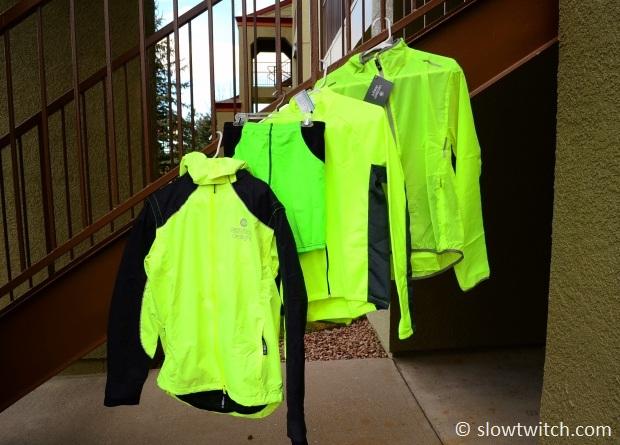
In addition, they offer men’s and women’s short sleeve neon jerseys, a big-and-tall cut neon jersey, and one jacket that is in between the weight of my light wind breaker and full-on cold weather jacket.
Overall, the product pleasantly surprised me as being very nice quality. The IllumiNite waterproof jacket, in particular, stands out. ‘IllumiNite’ refers to their reflective technology, shown in this image provided by Aero Tech:
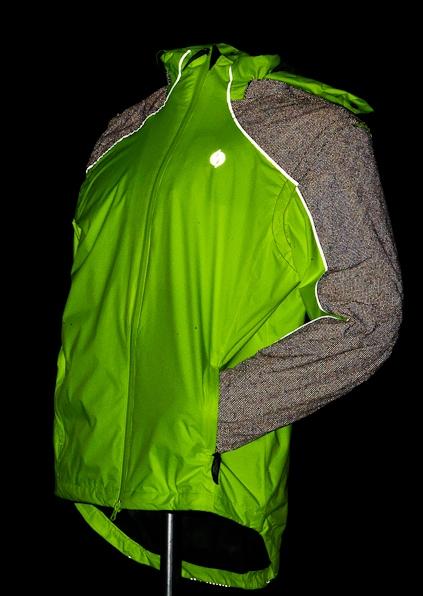
This jacket has removable sleeves, a removable hood, and feels warm enough for full-on winter riding (with other layers underneath, of course). It’s a really nice piece.
Aerotech also gets points for being the lone company to offer bright neon Lycra shorts – but note that they do not have a cycling chamois. Or, if you want to be noticeable in a totally different way, they have about a half dozen types of very wild print spandex pants.
Zoot
Zoot gets the prize for having the most descriptive color name for their product – Volt. Yes, that’s about what it looks like.
Pictured below, from left-to-right:
Performance flex wind jacket – Volt – $85. Cycling/running wind and rain jacket.
Exotherm Softshell – $150. Long sleeve thermal running top.
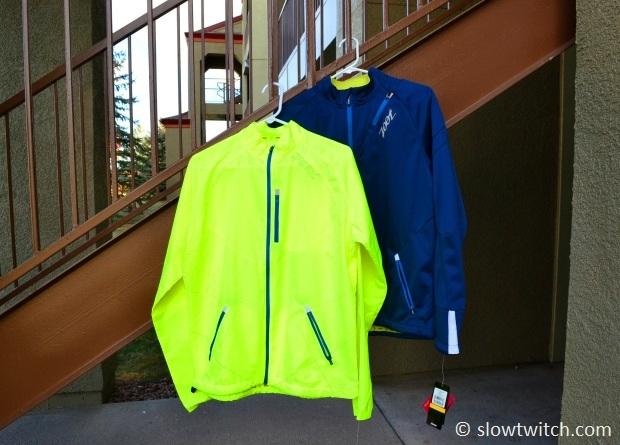
Also available in Volt: Men’s Performance MICROlite+ ½ Zip running top ($60); Women’s Performance MICROlite+ LS Tee ($45).
You may notice that the running top on the right (above) isn’t part of the Volt line. Zoot has made an effort to make this – and most of their products – more visible via small reflective logos, zippers, and patches.
Zoot’s take on the bright yellow color did seem to be slightly different than the competitors. Specifically, it gave my camera the most headaches in trying to make it appear sufficiently bright and real – without being completely washed out and over-exposed. I don’t know if it’s their dye or if the ambient conditions changed slightly, but the jacket is crazy bright.
Summary
All-in-all, I was pleased with what I found in high-visibility cycling and running clothing. Clearly, I’m going to be the coolest, brightest, and most style-conscious kid on the block.
All of the research aside, the biggest take-home that I found is this: Something is better than nothing when it comes to bright clothing. We obviously don’t want to wear all black and ride at night with no lights. When it comes to splitting hairs between different shades and different manufacturers, I have trouble getting too worked up about it. From what I found, bright yellow and orange are the most popular color choices. Reflective stripes and piping are a plus, as are the use of contrasting colors. Similar to my argument for lights, however, the most important thing is that you actually use the product – and be smart about it. I don’t care if you wear the brightest jersey in the world, if you then cover up 90% of it with a black wind vest.
That said, the one request I have for the market at-large is this: More options (hats, warmers, gloves, and the like). And a close second: Make it easy to find. Not a single manufacturer in this review has a dedicated section on their website for high-visibility clothing; it’s all mixed in with the other products. Sometimes a certain model of jersey is available in bright yellow, but the stock image may be a black or red version of the jersey. Only when you click on it to see all of the color choices do you find the high-visibility option.
I’d like to see search categories split up in as many ways as possible. For example, it’s not uncommon to start with “Men’s” and “Women’s”. Then, “Cycling”, “Running”, or “Triathlon”. From there, it’ll be split in to the final categories of “Tops”, “Bottoms”, and “Accessories”. Somewhere along this series of clicks, we need a category that’s simply called “High Visibility” – which shows ALL of the choices you have in jerseys, jackets, vests, gloves, and so on. Funny how products that are so easily-viewed in real life can be hard to find on the internet.
As always, we leave it open to our readers for comments. Do you have a certain favorite piece of fluorescent gear? Is there a specific garment or accessory that doesn’t exist yet – and should? Or – are you glad that these colors are finally coming back in to style, so you can relive your glory days from 1986? We won’t tell anyone if it’s that last one.
Editor's Note:
We've had some technical difficulty with getting proper footnotes / source links to function properly. In lieu of that, we will simply provide the URLs in text below, which you can copy-paste to your browser.
http://www.dartmouth.edu/~sullivan/bike/colorbv.html
http://www.usfa.fema.gov/downloads/pdf/publications/fa_323.pdf




